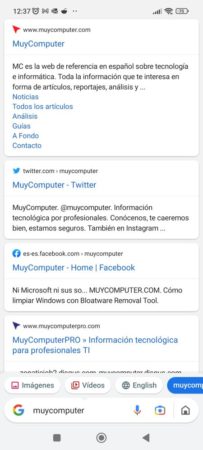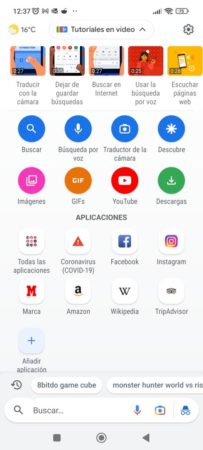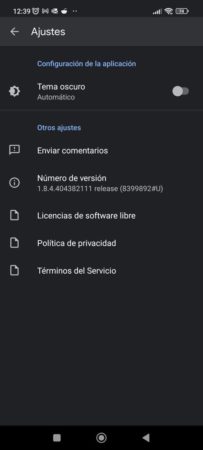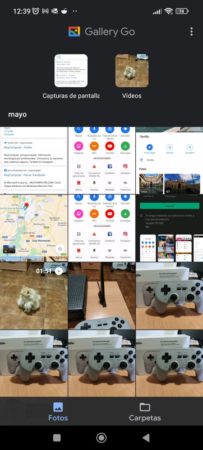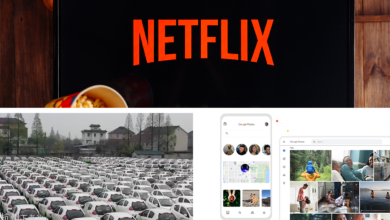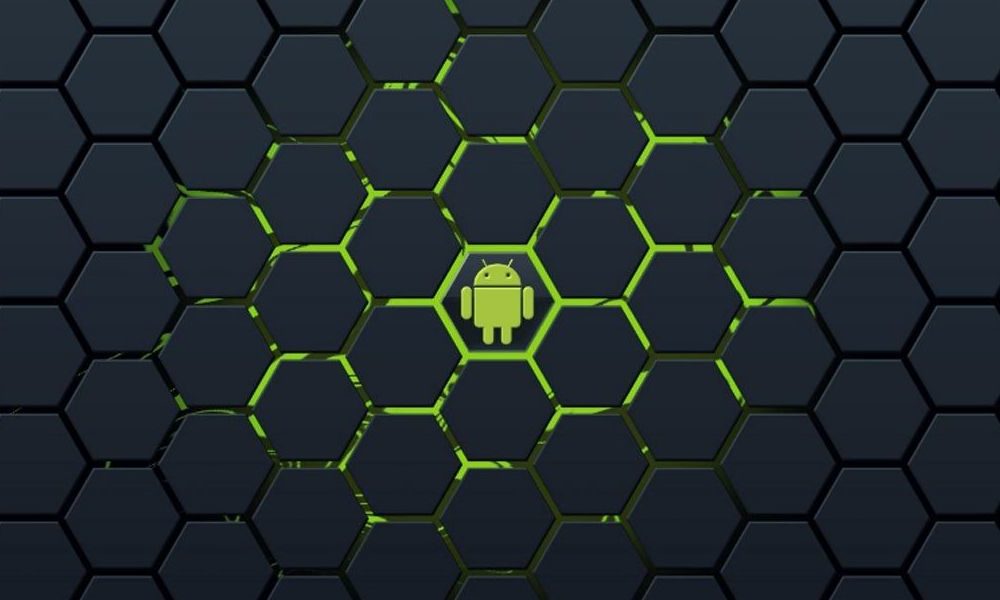
Android is an operating system that has traditionally had a reputation for being heavy and inefficient, and possibly this is partially true if we see that it exists Android Goa variant aimed at less powerful devices that has dedicated applications.
The history of Android has been dotted with controversy practically since its inception. Using Java as a user interface technology has served to attract many developers, but also to draw fierce criticism from critics of Oracle’s proprietary technology, who accuse it of being inefficient, gobbling up many resources, and offering poor performance for that context.
Whether the accusations leveled against Java are true or not, the truth is that Android has faced certain obstacles throughout its history that, even on top-of-the-range devices, made it offer a clearly less fluid experience than that of iOS through of iPhone and iPad. One of the main obstacles has been the thick layers of customization introduced by manufacturers, which for a long time hampered the performance of a large number of devices and what’s more, even today they can end up being a toothache due to the bugs they introduce compared to the base implementation of the system.
But the real reason for the existence of the Android Go platform (because it combines the system and applications) is the developing areas. It is not uncommon to see in these areas that people have difficult access to a smartphone equivalent in terms of power to what we could consider as standard in the “rich West”, so this variant of the system promoted by Google ends up being a way to access the Internet and be able to connect using a smartphone that has at most 2GB of RAM.
Apart from being a platform more geared towards modest devices, Android Go is possibly a sign that optimization is something that is less and less cared for in the software industry, and this is becoming more and more evident in sectors such as video games, where we have come to see truly insulting cases.
Being more concrete, Android Go apps take up less memory and consume fewer resources, so regardless of the device used, they should be more agile than their standard versions. In addition, in some cases they do not have a great loss in terms of features, so it is likely that they more than meet the needs of most users, especially seeing that many only use Google services in a basic way.
Since we are focused on Android Go, we are going to mention five applications for that platform that can help speed up and improve the smartphone experience. Of course, we warn that the Play Store may only allow you to install some of them (or none) due to geographical reasons, the device used or not using Android Go.
Google Go
We start with the application that represents the best known face of Google: the search engine. Google Go was born a few years ago as Google Search Lite, but now its name matches the platform to which it belongs.
As we have already shown what the application is for, we will limit ourselves to saying that allows you to search pages and website, images and videos. It also allows you to share the results. with our contacts or ourselves through Keep or Telegram.
As features, it offers the selection of a wallpaper, changing the language, a basic way to save data from the mobile flat rate, the possibility of changing the account and managing your activity, in addition to configuring notifications and secure search. Why would a common user want more?
Google MapsGo
Google Maps Go is the “reduced” version of the well-known application and service of the search giant, which has been the great shredder of TomTom, a company that at the time became the leader in GPS solutions, at least among end consumers. .
Google Maps is a great map service that asks for the user’s data as the only price. Your domain has been enhanced by the fact that it is constantly updated and is able to provide real-time traffic information. Why deny it, even with the susceptibilities that it may arouse around privacy, Maps is a service that comes in handy when one enters the unknown.
However, the Go version of the Android app can be considered a botch since is a Progressive Web Application (PWA) that requires a web browser to function (it uses the one that is established by default), so we find ourselves with three drawbacks:
- First, that webapps are not usually characterized by performance, something that conflicts with the purpose of offering something optimal for devices with few hardware resources.
- Second, that no offline modeso it is limited in areas where there is no quality Internet connection, which is what usually happens in developing areas.
- Third, no real-time location sharing support.
Despite its drawbacks, the Go version of Google Maps can deliver when it comes to guiding the user on their trips.
GmailGo
Contrary to what happens with Maps, the Go version of Gmail does show quality compared to the standard one, which usually comes pre-installed on the vast majority of Android mobile devices available on the market.
Gmail Go is an application that, despite occupying less and being optimized for devices that do not have too many resources, it incorporates a large percentage of all the features of its standard counterpartincluding support for multiple accounts, notifications, swipe gesture support, and launcher shortcuts.
An application that for many is essential considering how popular Gmail is and whose presumed minor version has little to envy the major. What is needed to start using Gmail Go if it is possible to have access to it?
Gallery Go
The name can mislead a bit, but in reality it is the reduced version of Google Photos. Here we find a simple application that, compared to its standard version, does not offer the possibility of backing up in the cloud, but it does facilitate access and viewing of the images and videos that are stored on the device.
Gallery Go counts among its possibilities with automatic organization of photos to group them by people, selfies, nature, animals, documents, videos and movies; helps organize and find specific photos; has compatibility with folders and SD cards; in addition to making available simple tools for photo editing with the aim of easily improving the photographs taken with the mobile device (or that have been transferred by some means).
Google AssistantGo
And we close the list with the company’s personal digital assistant. These types of applications do not live the boom of a few years ago, but it is undeniable that they have been consolidated among us.
Google Assistant Go allows the user to make requests and questions by voice, but although at first it may seem that it is the same as the standard version, the reality is that it has some limitations, such as the fact that only be able to understand English and does not support home devices or actionsso it cannot interact with third-party applications. It also does not allow you to use the keyboard to enter actionsso the user is forced to speak English.
Apparently porting something like Assistant to work properly on very low-end devices is a task that can’t be done for now (or Google doesn’t know how to do), so for now all there is is the limited Go version.
Android Go, a platform whose days are numbered?
As we can see, the Android Go platform has some interesting applications that could very well replace its older versions, especially seeing the drift that the software industry has had in recent years, in which applications have tended to gain a lot of size to contribute between little or nothing to users compared to what was years ago.
Nevertheless, Google has begun to maneuver to possibly put an end to it in the not too distant future if we see that it has recently set an end-of-cycle date for the version of the YouTube application for Go (hence why we haven’t mentioned it on this list). Mobile phones are gaining power and that means that the modest ones are slowly gaining enough power to be able to run the standard version of the Android platform instead of a reduced one.
It is one because, leaving aside the fact that not all applications comply with the minimum that could be required of them, they do show that the hardware that we currently have in our hands could be better used instead of delegating optimization to its raw power.
